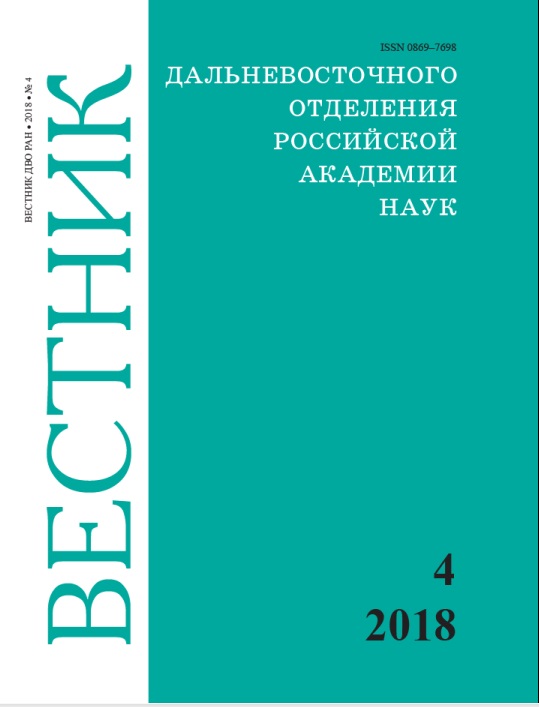Method of starch residue analysis in evolutionary archaeology: case of study. I.E. PANTYUKHINA, Yu.E. VOSTRETSOV, V.V. IVANOV
Keywords:
ancient starch, starch residue analysis, East Asia, Russian Primorye, early agriculture, gathering, stone tools.Abstract
Method of starch residue analysis in evolutionary archaeology: case of study. I.E. PANTYUKHINA1, 2,
Yu.E. VOSTRETSOV1, V.V. IVANOV2 (1Institute of History, Archaeology and Ethnography of the Peoples of the Far
East, FEB RAS, Vladivostok; 2Far East Geological Institute, FEB RAS, Vladivostok).
The method of starch residue analysis is actively developing to find reliable evidence of the use of plants by humans in prehistory. Possessing a set of species-specific features and a unique ability to survive in various archaeological and natural contexts, starch has become a reliable source of information about the subsistence of an ancient human. The paper gives comparative analysis of adaptation of early cultivators of the Zaisanovsky culture tradition, during settlement from continental areas (Krounovka-1 site) to the maritime coastal zone of Russian Primorye (Klerk-5 site) during interval 4800 – 4500 BP. Main task of investigation was determination the role of agriculture and gathering wild plants for population in continental and coastal zones. The task was decided by pilot’s biological method of starch residue analysis of stone tools which was firstly used in Russia by authors. Preliminary results have shown that the bearers of “cord-marked ceramics” tradition after moving on the sea coast apparently retained their skills in cultivating cereals and habits of wild plants gathering.


